
Explore the Timeless Charm of Old City Nicosia
Discover the enchanting Old City of Nicosia, a blend of medieval architecture, vibrant culture, and rich history, encircled by ancient Venetian walls.
Step into the rich tapestry of history in Old City Nicosia, the heart and soul of Cyprus's capital. This ancient neighborhood is a delightful mix of medieval architecture, charming streets, and vibrant local culture. Encircled by Venetian walls, the Old City is a treasure trove of landmarks, from the majestic St. John's Cathedral to the bustling Ledra Street. Wander through narrow alleys lined with traditional houses, where each corner tells a story of the past. The aroma of freshly baked bread and the sound of church bells create an atmosphere that transports you back in time. Visit the Cyprus Museum to dive deep into the island's history, or simply enjoy a leisurely stroll through Laiki Geitonia, a beautifully restored pedestrian area. The Old City is also a hub for local artisans and craftsmen. Discover unique souvenirs in quaint shops, or savor Cypriot cuisine in one of the cozy tavernas. Whether you're a history buff or a casual traveler, Old City Nicosia offers a unique glimpse into the island's rich heritage and vibrant present.
Local tips in Old City
- Wear comfortable shoes for walking on cobblestone streets.
- Visit early in the morning or late in the afternoon to avoid crowds.
- Carry cash, as many small shops and eateries do not accept cards.
- Don't miss the chance to visit the Green Line, the border dividing the city.
- Try local delicacies like halloumi cheese and loukoumades.
Explore the Timeless Charm of Old City Nicosia
Step into the rich tapestry of history in Old City Nicosia, the heart and soul of Cyprus's capital. This ancient neighborhood is a delightful mix of medieval architecture, charming streets, and vibrant local culture. Encircled by Venetian walls, the Old City is a treasure trove of landmarks, from the majestic St. John's Cathedral to the bustling Ledra Street. Wander through narrow alleys lined with traditional houses, where each corner tells a story of the past. The aroma of freshly baked bread and the sound of church bells create an atmosphere that transports you back in time. Visit the Cyprus Museum to dive deep into the island's history, or simply enjoy a leisurely stroll through Laiki Geitonia, a beautifully restored pedestrian area. The Old City is also a hub for local artisans and craftsmen. Discover unique souvenirs in quaint shops, or savor Cypriot cuisine in one of the cozy tavernas. Whether you're a history buff or a casual traveler, Old City Nicosia offers a unique glimpse into the island's rich heritage and vibrant present.
Iconic landmarks you can’t miss
Eleftheria Square
Discover the vibrant Eleftheria Square in Nicosia, a blend of historical significance and modern charm, perfect for relaxation and cultural exploration.
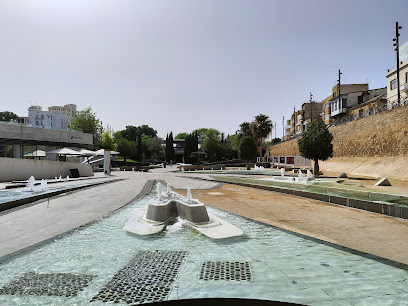
Ledra Street
Explore Ledra Street in Nicosia, where history meets modernity in a vibrant shopping and cultural hub.
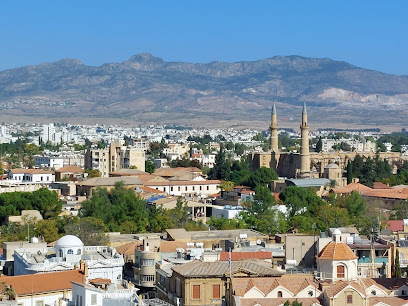
Shacolas Tower Museum and Observatory
Experience Nicosia from new heights at Shacolas Tower Museum and Observatory, a blend of cultural insight and stunning panoramic views.
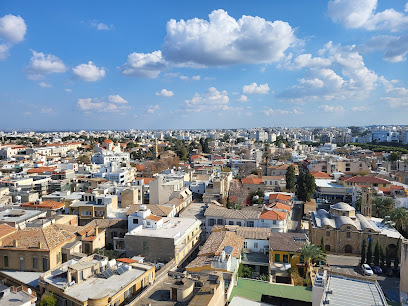
The Leventis Municipal Museum of Nicosia
Discover the captivating history of Cyprus at The Leventis Municipal Museum of Nicosia, showcasing artifacts and art that reflect the island's diverse heritage.
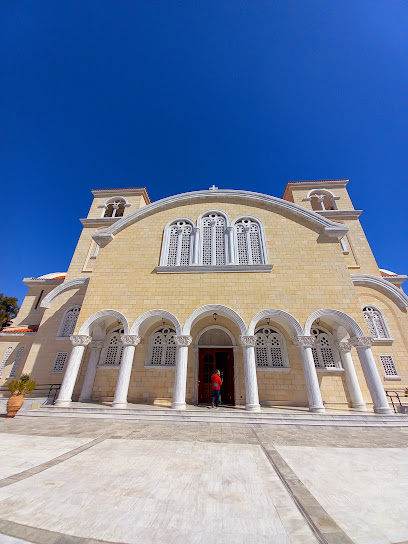
The Liberty Monument
Discover the Liberty Monument in Nicosia, a powerful symbol of freedom and resilience in the beautiful heart of Cyprus.
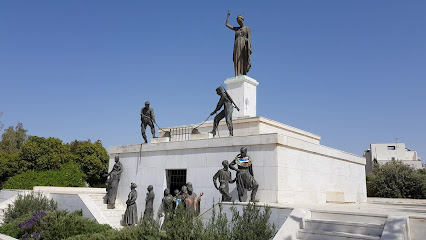
The House of Hadjigeorgakis Kornesios - Ethnological Museum
Discover the cultural treasures of Cyprus at The House of Hadjigeorgakis Kornesios, an ethnological museum in the heart of Nicosia.
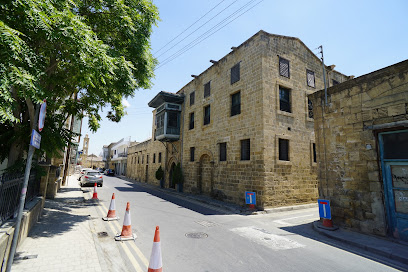
Nicosia Old City
Experience the rich history and vibrant culture of Nicosia Old City, a captivating blend of architecture, cuisine, and local flair.
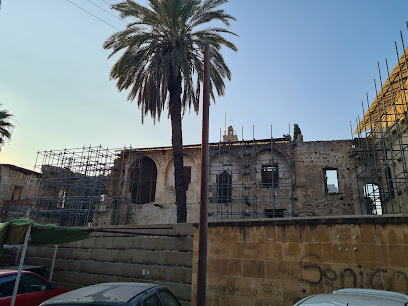
Παλιό υδραγωγείο Λευκωσίας - Nicosia old aqueduct
Explore the Palio Ydrageveio Leucosias, an ancient aqueduct in Nicosia, a masterpiece of engineering and history nestled in Cyprus's beautiful landscape.

Archaeological Site of Palaion Demarcheion
Explore the rich history and breathtaking ruins at the Archaeological Site of Palaion Demarcheion in Nicosia, Cyprus, a captivating ancient landmark.
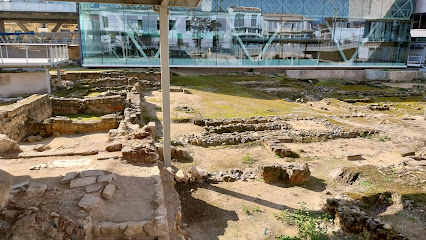
Ourania Kokkinou monument OXEN-EOKA
Discover the Ourania Kokkinou Monument in Nicosia, a significant historical landmark celebrating the courage of EOKA fighters and Cyprus's journey to independence.

°Αρχοντικο Ζεμενιδη
Explore the Archontiko Zemenidi, a captivating historical landmark in Nicosia, Cyprus, showcasing the island's rich cultural heritage and stunning architecture.

Unmissable attractions to see
The Cyprus Museum
Explore the rich archaeological treasures of Cyprus at The Cyprus Museum in Nicosia, a journey through time and culture.
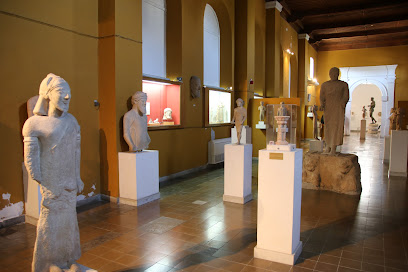
The Liberty Monument
Explore the Liberty Monument in Nicosia, a historical landmark that embodies the spirit of freedom and resilience in Cyprus's rich cultural tapestry.
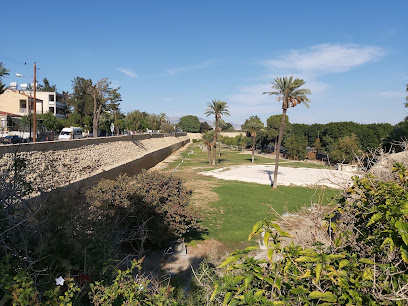
Essential places to dine
Piatsa Gourounaki
Experience authentic Cypriot flavors at Piatsa Gourounaki in Nicosia – where tradition meets taste!
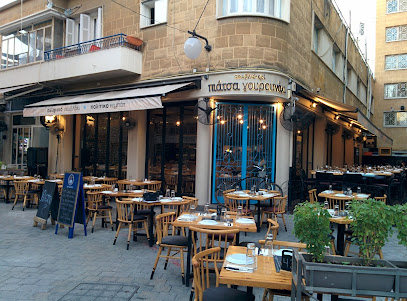
To Anamma Traditional Restaurant
Discover authentic Greek flavors at To Anamma Traditional Restaurant in Nicosia – where tradition meets taste!
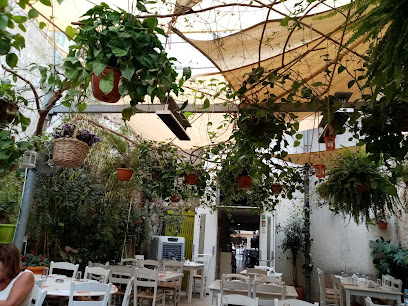
Piatsa Gourounaki Express
Experience authentic Cypriot cuisine at Piatsa Gourounaki Express in Nicosia - a must-visit destination for food lovers!
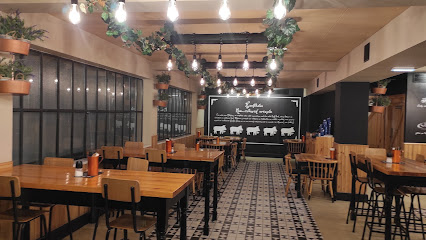
Avo Armenian Food
Discover authentic Armenian cuisine at Avo Armenian Food in Nicosia – a culinary treasure offering rich flavors and warm hospitality.
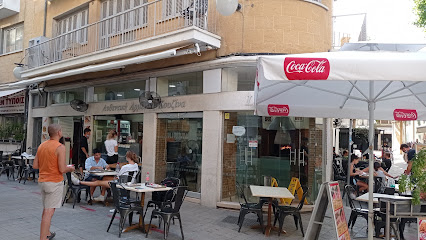
Fanous Lebanese Restaurant
Experience authentic Lebanese cuisine at Fanous Lebanese Restaurant in Nicosia – a must-visit for food lovers exploring Cyprus.
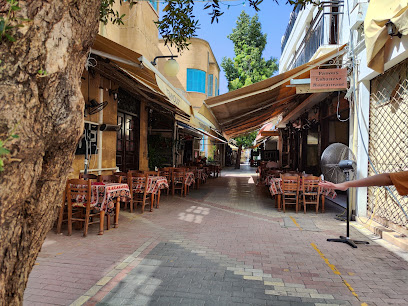
Il Forno Restaurant
Experience authentic Italian cuisine at Il Forno Restaurant in Nicosia - where every dish tells a story.
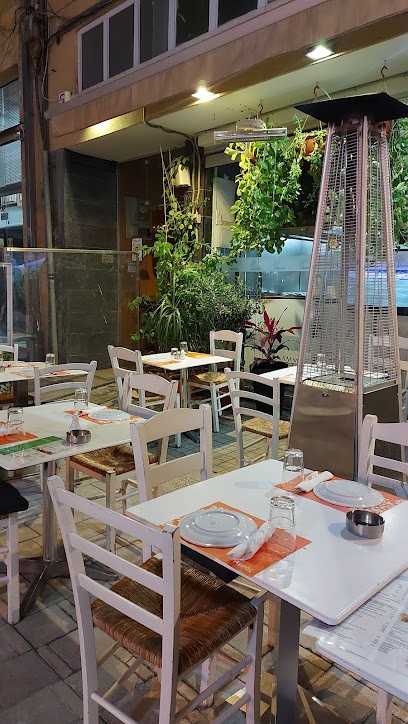
Bella Vita
Experience authentic Italian cuisine and exquisite wines in a beautiful garden setting at Bella Vita in Old Town Nicosia.
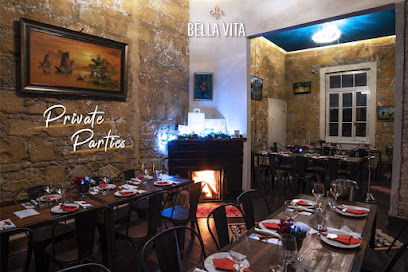
Brasserie Au Bon Plaisir
Experience authentic French cuisine at Brasserie Au Bon Plaisir in Nicosia, where exquisite flavors meet elegant dining.
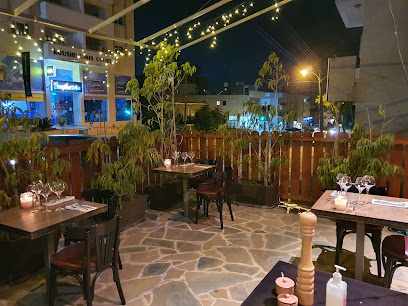
Alexandros Cafe & Restaurant
Discover the culinary delights at Alexandros Cafe & Restaurant in Nicosia - where tradition meets modern flavors.
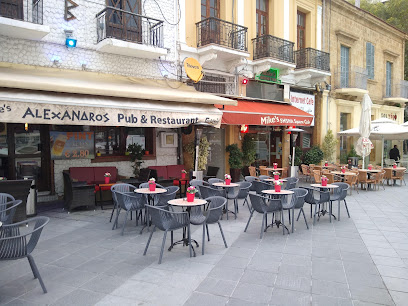
Το σπίτι του εθνοφρουρού
Experience authentic Cypriot flavors at Το σπίτι του εθνοφρουρού in Nicosia – where tradition meets taste.
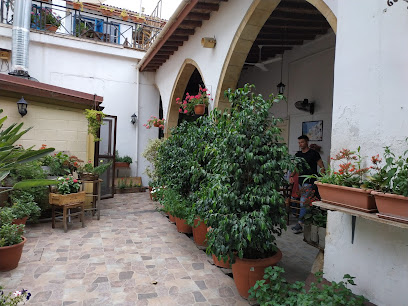
Markets, malls and hidden boutiques
POW! The Shop Nicosia City Centre Store
Explore POW! The Shop in Nicosia for unique gifts and toys that capture the essence of Mediterranean creativity and charm.
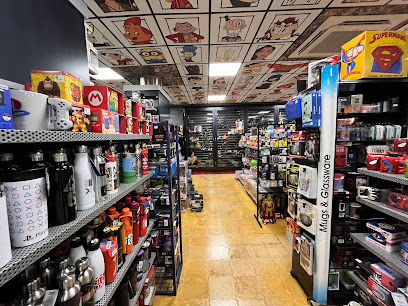
Le Monde d'Amélie
Explore Le Monde d'Amélie, a unique gift shop in Nicosia, featuring handmade jewelry, stunning paintings, and decorative treasures to cherish forever.

Little Heroes Boutique
Explore Little Heroes Boutique in Nicosia, Cyprus, where children's dreams come to life with quality toys and stylish apparel.
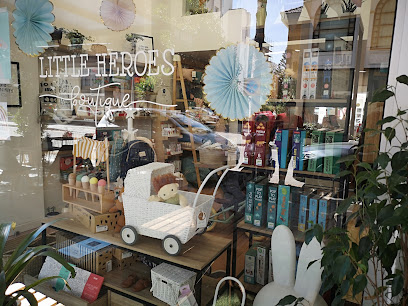
Flashback Boutique
Explore unique women's fashion at Flashback Boutique in Nicosia, where contemporary meets vintage in a charming shopping experience.

Kult Nicosia
Discover unique fashion and lifestyle products at Kult Nicosia, a boutique that embodies the spirit of Cypriot creativity and international style.
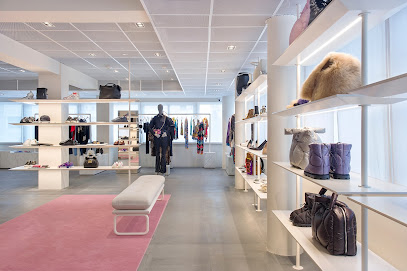
Avraamides Store, Olympia Hi-shop
Discover the finest footwear and trendy clothing at Avraamides Store, Nicosia's premier destination for fashion lovers.
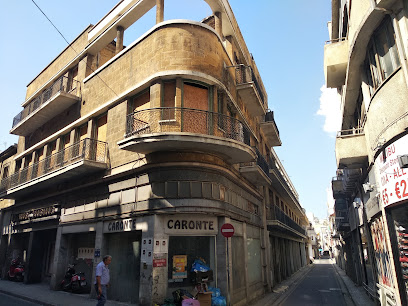
BAZAR
Discover the essence of Cypriot culture at BAZAR, a vibrant store in Nicosia filled with unique crafts and local treasures.

All Senses by Trokkoudes
Discover the essence of Cyprus at All Senses by Trokkoudes, a lively shopping mall in Nicosia offering unique souvenirs and local crafts.

Carpisa Ledras
Explore Carpisa Ledras in Nicosia for stylish bags and accessories that blend quality with affordability, perfect for your travel adventures.

Lambusarcollection
Explore the rich history and unique treasures at Lambusarcollection, an antique store in Nicosia, Cyprus, perfect for collectors and history lovers.

Essential bars & hidden hideouts
Lost + Found Drinkery
Experience the vibrant nightlife at Lost + Found Drinkery in Nicosia with creative cocktails and a lively atmosphere perfect for socializing.
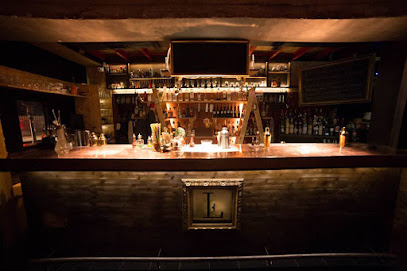
Patio Cocktail Bar
Discover the lively ambiance and exquisite cocktails at Patio Cocktail Bar, a top nightlife destination in Nicosia, Cyprus, perfect for tapas lovers.
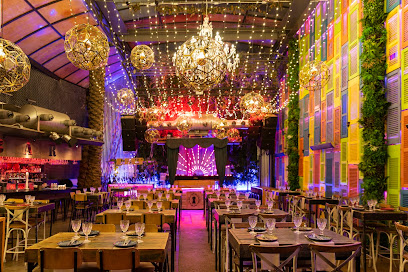
New Division
Discover the vibrant nightlife at New Division, a lively bar in the heart of Nicosia, offering a unique blend of drinks and local charm.
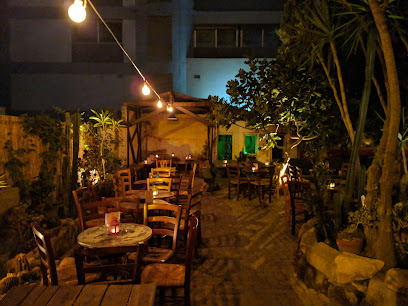
Plato's Bar
Experience the vibrant nightlife at Plato's Bar in Old Nicosia, where classic cocktails and local culture come together in a cozy atmosphere.
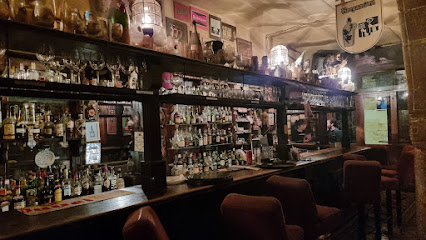
Notes And Spirits
Discover the vibrant nightlife of Nicosia at Notes And Spirits, where a unique bar experience meets an extensive selection of drinks.
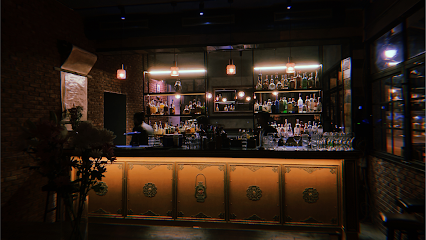
Bar Souvenir
Discover the vibrant nightlife of Nicosia at Bar Souvenir, where unique drinks meet local charm in the heart of the city.
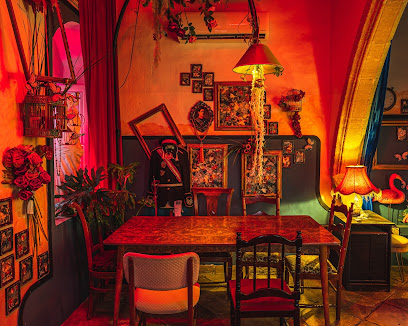
Lola Bar
Experience the heart of Nicosia's nightlife at Lola Bar, where exquisite cocktails and vibrant atmosphere meet.
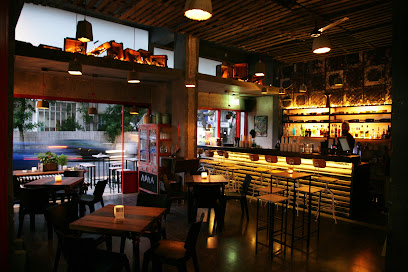
Seven Monkeys The Bar
Experience the lively atmosphere of Seven Monkeys The Bar in Nicosia, where signature cocktails and vibrant nightlife await you.
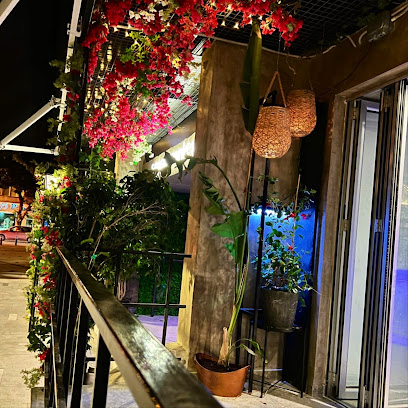
The Old Souls
Discover the heart of Nicosia's nightlife at The Old Souls, a cozy bar offering a unique atmosphere and delightful drinks for tourists.
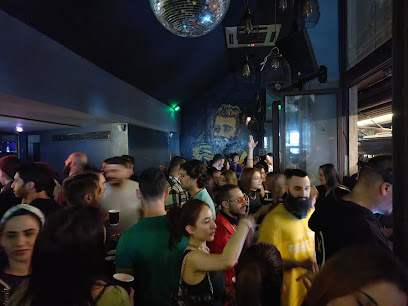
Herb Bar
Discover the vibrant atmosphere and delectable platters at Herb Bar, a must-visit spot in the heart of Nicosia, Cyprus.
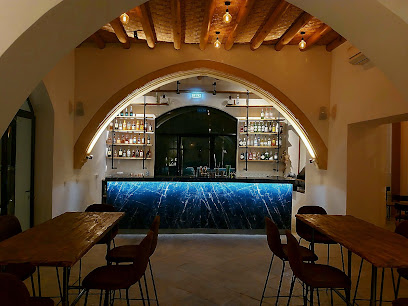
Local Phrases
-
- HelloΓεια σας
[Ya sas] - GoodbyeΑντίο
[Adio] - YesΝαι
[Ne] - NoΌχι
[Ochi] - Please/You're welcomeΠαρακαλώ
[Parakalo] - Thank youΕυχαριστώ
[Efharisto] - Excuse me/SorryΣυγνώμη
[Signomi] - How are you?Πώς είστε;
[Pos iste?] - Fine. And you?Καλά. Εσείς;
[Kala. Esis?] - Do you speak English?Μιλάτε Αγγλικά;
[Milate Anglika?] - I don't understandΔεν καταλαβαίνω
[Den katalaveno]
- HelloΓεια σας
-
- I'd like to see the menu, pleaseΘα ήθελα να δω το μενού, παρακαλώ
[Tha ithela na do to menou, parakalo] - I don't eat meatΔεν τρώω κρέας
[Den troo kreas] - Cheers!ΥΓΕΙΑ!
[Yia] - I would like to pay, pleaseΘα ήθελα να πληρώσω, παρακαλώ
[Tha ithela na plirosso, parakalo]
- I'd like to see the menu, pleaseΘα ήθελα να δω το μενού, παρακαλώ
-
- Help!Βοήθεια!
[Voithia] - Go away!Φύγε!
[Fiye] - Call the Police!Καλέστε την Αστυνομία!
[Kaleste tin Astinomia] - Call a doctor!Καλέστε έναν γιατρό!
[Kaleste enan giatro] - I'm lostΈχω χαθεί
[Eho hathee] - I'm illΕίμαι άρρωστος
[Ime arrostos]
- Help!Βοήθεια!
-
- I'd like to buy...Θα ήθελα να αγοράσω...
[Tha ithela na agoraso] - I'm just lookingΑπλά κοιτάω
[Apla kitao] - How much is it?Πόσο κοστίζει;
[Poso kostizi?] - That's too expensiveΑυτό είναι πολύ ακριβό
[Afto ine poli akribo] - Can you lower the price?Μπορείτε να μειώσετε την τιμή;
[Borite na miosete tin timi?]
- I'd like to buy...Θα ήθελα να αγοράσω...
-
- What time is it?Τι ώρα είναι;
[Ti ora ine?] - It's one o'clockΕίναι μία ώρα
[Ine mia ora] - Half past (10)Μισή (10)
[Mise (Deka)] - MorningΠρωί
[Proi] - AfternoonΑπόγευμα
[Apoyema] - EveningΒράδυ
[Vradi] - YesterdayΧθες
[Hthes] - TodayΣήμερα
[Simera] - TomorrowΑύριο
[Aurio] - 1Ένα
[Ena] - 2Δύο
[Dyo] - 3Τρία
[Tria] - 4Τέσσερα
[Tessera] - 5Πέντε
[Pente] - 6Έξι
[Exi] - 7Επτά
[Epta] - 8Οκτώ
[Okto] - 9Εννιά
[Ennia] - 10Δέκα
[Deka]
- What time is it?Τι ώρα είναι;
-
- Where's a/the...?Πού είναι ένα/το...;
[Pou ine ena/to...?] - What's the address?Ποια είναι η διεύθυνση;
[Pia ine i diefthinsi?] - Can you show me (on the map)?Μπορείτε να μου δείξετε (στον χάρτη);
[Borite na mou dixete (ston charti)?] - When's the next (bus)?Πότε είναι το επόμενο (λεωφορείο);
[Pote ine to epomeno (leoforeio)?] - A ticket (to ....)Ένα εισιτήριο (για ....)
[Ena isitirio (gia ....)]
- Where's a/the...?Πού είναι ένα/το...;
History of Old City
-
The history of the Old City of Nicosia dates back to the Byzantine period, when it was established around the 10th century AD. It became an important administrative and religious center, with the construction of significant churches and fortifications. The city was named 'Lefkosia' during this period, and it played a crucial role in the defense against invasions.
-
In the 12th century, Nicosia became the capital of the Kingdom of Cyprus under the Lusignan dynasty. This era saw the construction of many Gothic-style structures, including the iconic St. John's Cathedral and the Venetian walls that still surround the Old City. The Lusignans also established Nicosia as a cultural hub, fostering a blend of Latin and Greek traditions.
-
The Venetian Republic took control of Cyprus in 1489, further enhancing the fortifications of Nicosia. They built impressive walls, bastions, and gates, which significantly shaped the urban landscape of the Old City. This period also saw increased trade and economic activity, as the city thrived as a commercial center.
-
In 1570, Nicosia fell to the Ottoman Turks, marking a significant cultural shift in the Old City. The Ottomans introduced their architectural style, evident in structures such as mosques and public baths. The city became a melting pot of cultures, with Muslims, Christians, and Jews coexisting, leading to a rich tapestry of traditions and customs.
-
Following the British occupation in 1878, Nicosia experienced modernization and urban planning. The colonial government implemented infrastructure improvements, including roads and public buildings, while also preserving some of the city’s historical architecture. This era laid the groundwork for contemporary Nicosia, as it began to integrate modern amenities with its historical roots.
-
The 1974 Turkish invasion of Cyprus led to the division of Nicosia into two parts, with the Old City becoming a focal point of cultural and political significance. The Green Line, which runs through the city, symbolizes the separation and has influenced the cultural identity of the area. Efforts to preserve and restore the Old City have gained momentum, reflecting a desire to bridge communities and celebrate shared history.
Old City Essentials
-
Old City in Nicosia is easily accessible from various neighborhoods. If you are arriving from the city center, you can walk to the Old City in about 15-20 minutes. Public buses also serve the area, with routes connecting to major districts. The nearest bus stop is located on the perimeter of the Old City, close to Famagusta Gate. For those coming from the airport, taxis are available, or you can take a shuttle bus to the city center and then walk or use public transport to reach the Old City.
-
Old City is predominantly pedestrian-friendly, making it ideal for exploring on foot. There are no trains or trams within the Old City. Public buses operate outside the walls and can take you to adjacent neighborhoods. Bicycles can be rented in certain spots, but navigating through the narrow streets may be challenging. Taxis are available for longer distances or if you're traveling late at night.
-
Old City is generally safe for tourists, but as in any urban area, it's important to stay alert. Avoid poorly lit streets at night and be cautious in less populated areas. While crime rates are low, petty crimes such as pickpocketing can occur in crowded places, especially near popular attractions. Specific areas like the outskirts near the border may have heightened security, so it's advisable to remain aware of your surroundings.
-
In case of an emergency, dial 112 for immediate assistance. Local hospitals and clinics are available in Nicosia, and it is advisable to have travel insurance that covers medical emergencies. If you require police assistance, contact the local police station, which is easily accessible in the Old City area. Pharmacies are also available for minor health issues.
-
Fashion: Do dress modestly, particularly when visiting churches and mosques; avoid revealing clothing. Religion: Do respect local customs and traditions; always cover your head when entering religious sites. Public Transport: Do be courteous to fellow passengers; don't eat or drink on public transport. Greetings: Do greet with a handshake; don’t use overly casual language or gestures. Eating & Drinking: Do try traditional Cypriot dishes and drink local coffee; don't waste food or refuse hospitality, as it may be seen as impolite.
-
To experience Old City like a local, take time to wander the winding streets and explore local markets for authentic Cypriot products. Engage with shop owners and locals, who are often willing to share recommendations and stories. Don't miss the chance to try 'kebap' from a local eatery and enjoy a coffee at a traditional café. Attend local events or festivals if they coincide with your visit, as they offer a glimpse into Cypriot culture and community life.
Trending Landmarks in Old City
-
Eleftheria Square
-
Ledra Street
-
Shacolas Tower Museum and Observatory
-
The Leventis Municipal Museum of Nicosia
-
The Liberty Monument
-
The House of Hadjigeorgakis Kornesios - Ethnological Museum
-
Nicosia Old City
-
Παλιό υδραγωγείο Λευκωσίας - Nicosia old aqueduct
-
Archaeological Site of Palaion Demarcheion
-
Ourania Kokkinou monument OXEN-EOKA
-
°Αρχοντικο Ζεμενιδη
Nearby Cities to Old City
-
Things To Do in Kyrenia
-
Things To Do in Larnaca
-
Things To Do in Troodos
-
Things To Do in Famagusta
-
Things To Do in Ayia Napa
-
Things To Do in Limassol
-
Things To Do in Protaras
-
Things To Do in Pissouri
-
Things To Do in Polis Chrysochous
-
Things To Do in Paphos
-
Things To Do in Kato Paphos
-
Things To Do in Alanya
-
Things To Do in Batroun
-
Things To Do in Byblos
-
Things To Do in Beirut











